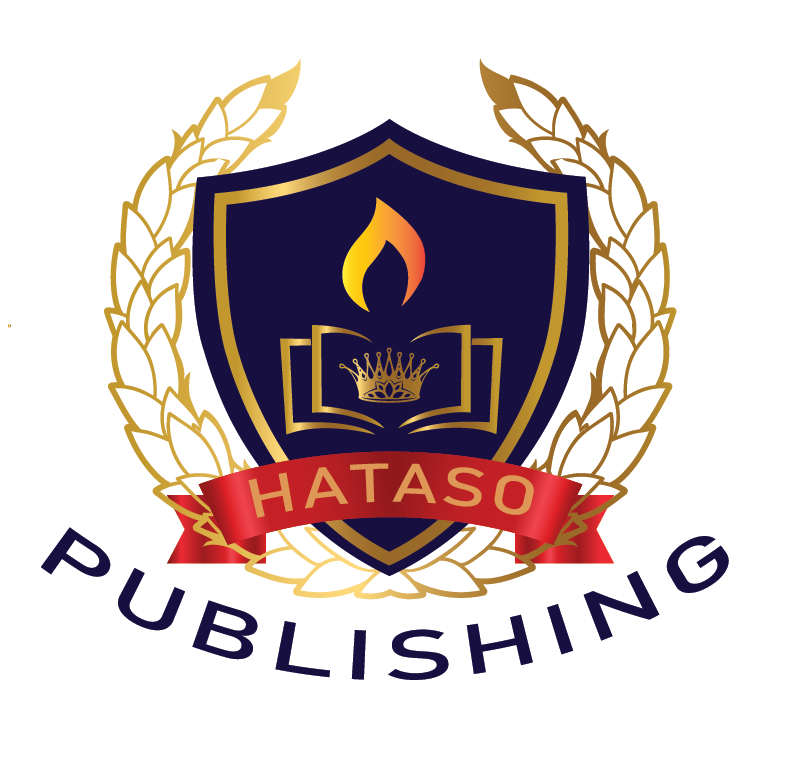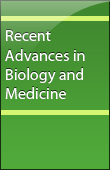

Short Description: An Open-Access, Peer-Reviewed, Google Scholar & CAS (ACS) indexed, Cabells WHITE-LISTED journal, publishing scholarly articles in Biology, Medicine, Agriculture & Allied Sciences.
E-ISSN: 2378-654X
P-ISSN:
Publisher: HATASO - SynergyGlobal
Institute:
Address: Plot No. 15, Ground Floor, 3rd Cross, Balaji Nagar, Oulgaret
City: Puducherry
State: Puducherry
Country: India
ZIP: 605010
Phone:
Email: [email protected]

10.18639/RABM.2025.9800047
Short Communication
Oct 25, 2025
Not applicable

10.18639/RABM.2025.9800046
Original Research Article
Aug 27, 2025
PLWHIV in Northeast Nigeria were investigated for the prevalence of infection and to identify risk factors associated with HPgV infection, given the potential impact of HPgV on HIV disease progression. In Northeast Nigeria, we conducted a cross-sectional study of 249 PLWHIV. We used bivariate and multivariate logistic regression models to assess the association between HPgV infection and sociodemographic characteristics, risk behaviors, and healthcare access. 23.3% of the study population had HPgV infection. In the multivariate analysis, inhaled drug use was associated with HPgV infection. In Northeast Nigeria, there is a concerning prevalence of HPgV infection among PLWHIV. A potential transmission route beyond traditional routes is suggested by the identification of inhaled drug use as a risk factor. To address this significant public health concern, targeted interventions and harm reduction strategies are necessary.

10.18639/RABM.2025.9800045
Original Research Article
Aug 12, 2025
There is a lack of research on low-risk HPV infections like genital warts among vulnerable women, especially their HIV serology, because research focuses on high-risk strains of HPV associated with cervical cancer. The interplay between genital warts, HIV status, and sociocultural factors is crucial to understanding targeted prevention to alleviate the burden of genital warts in vulnerable populations. In this study, we investigate the prevalence and risk factors of genital warts among women with HIV serostatus. Women seeking gynecological consultation at a public hospital in Nigeria were studied cross-sectionally. A survey and medical records were used to collect data, which was then analyzed using SPSS 18.0. The majority of the women who had genital warts (63.33%) were HIV positive. For the first time, 67% of these women sought gynecological consultations for genital warts. Women with HIV were more likely to experience papule genital warts, while women without HIV were more likely to experience acuminate warts. Moreover, HIV-positive women with multiple sexual partners were found to have an increased risk of developing genital warts. Self-medication (75%) and traditional medicine (85%) were also prevalent. Healthcare-seeking behavior must be enhanced, early detection and treatment must be facilitated, and HIV and genital warts must be alleviated by addressing socio-cultural barriers. Traditional medicine should be integrated into healthcare systems, and efforts to raise awareness should be prioritized.